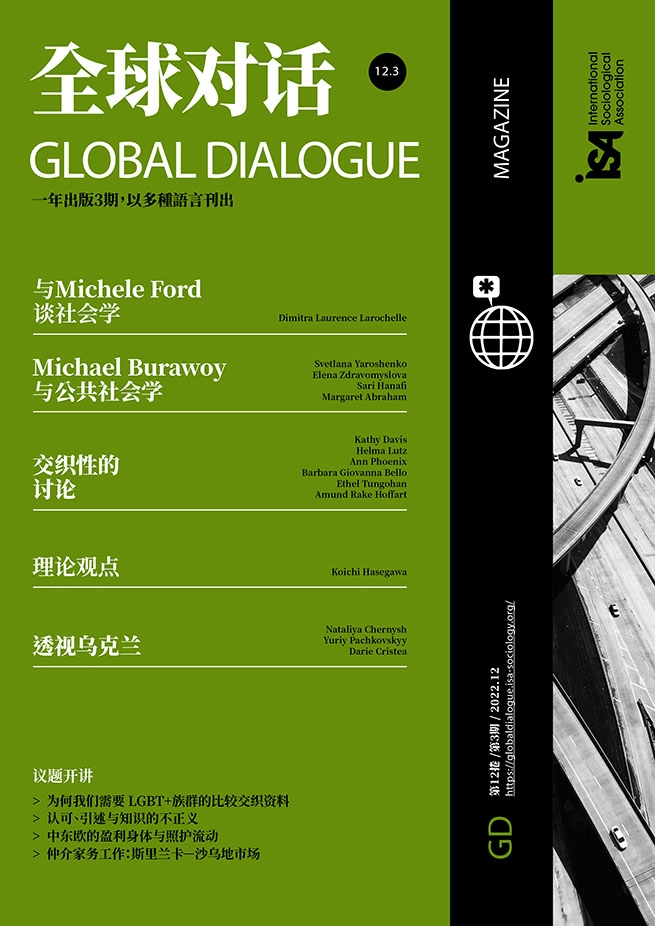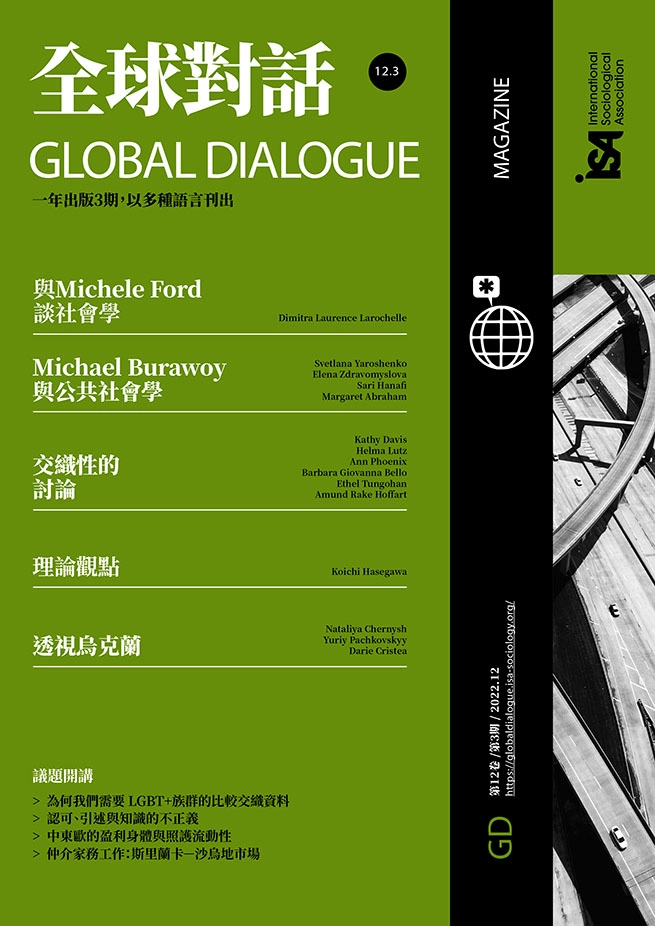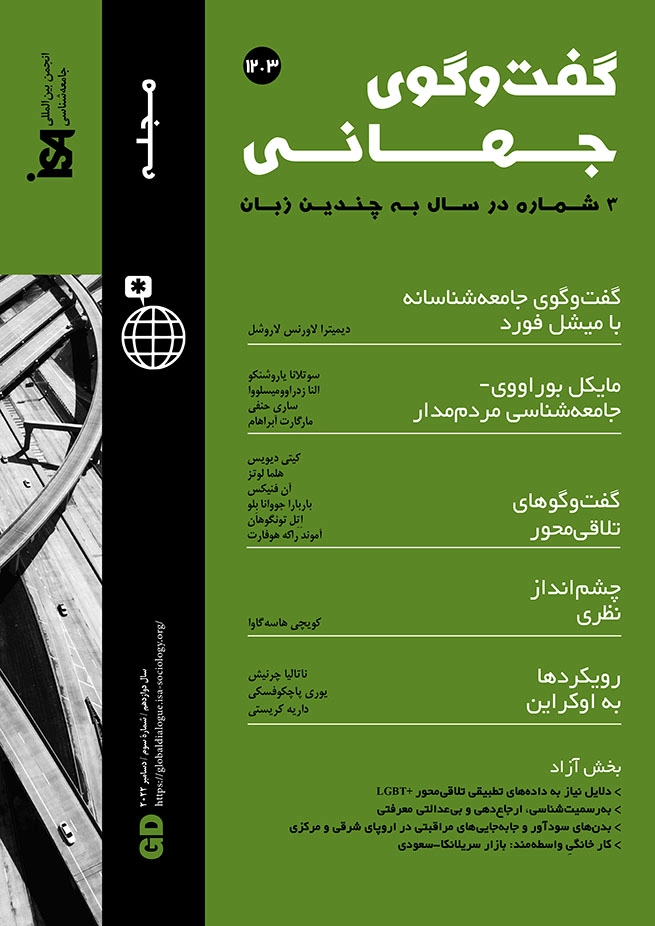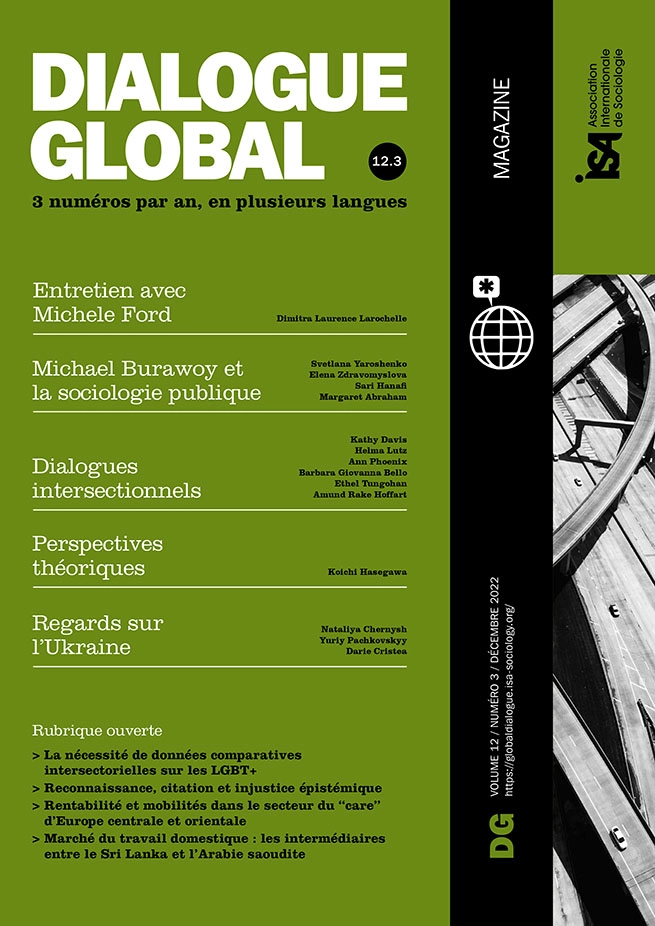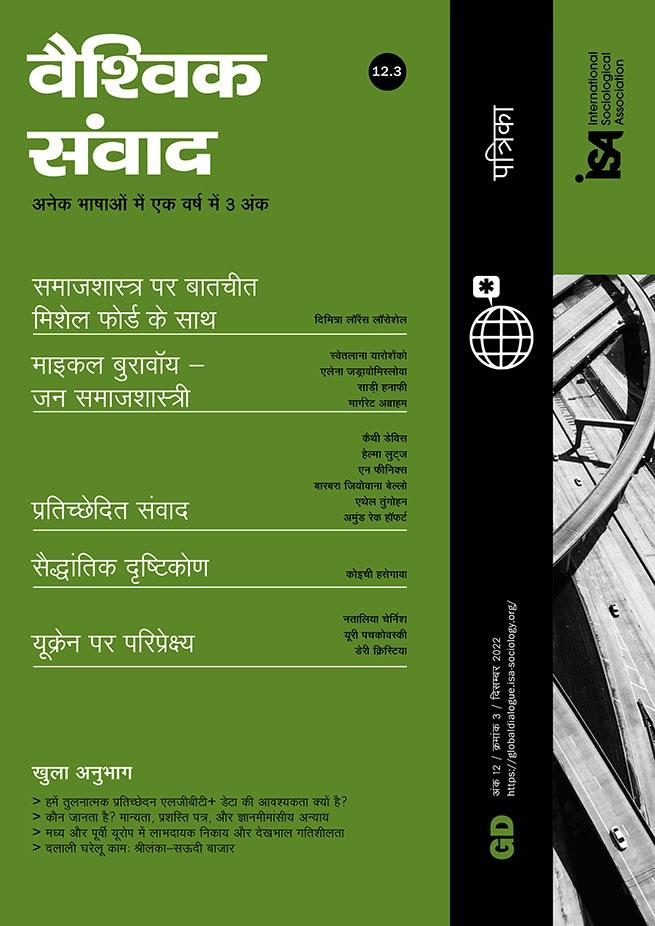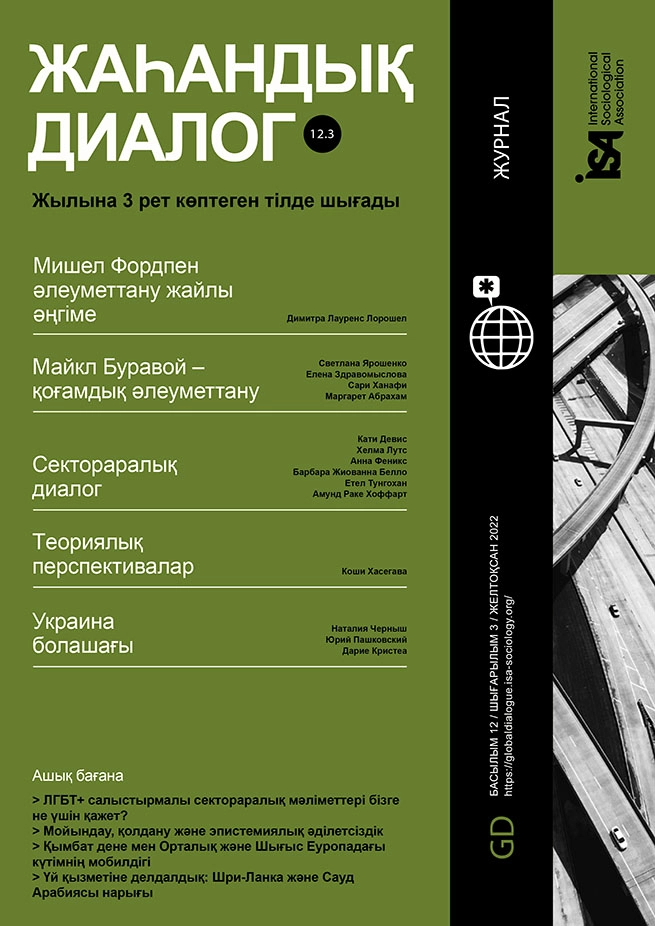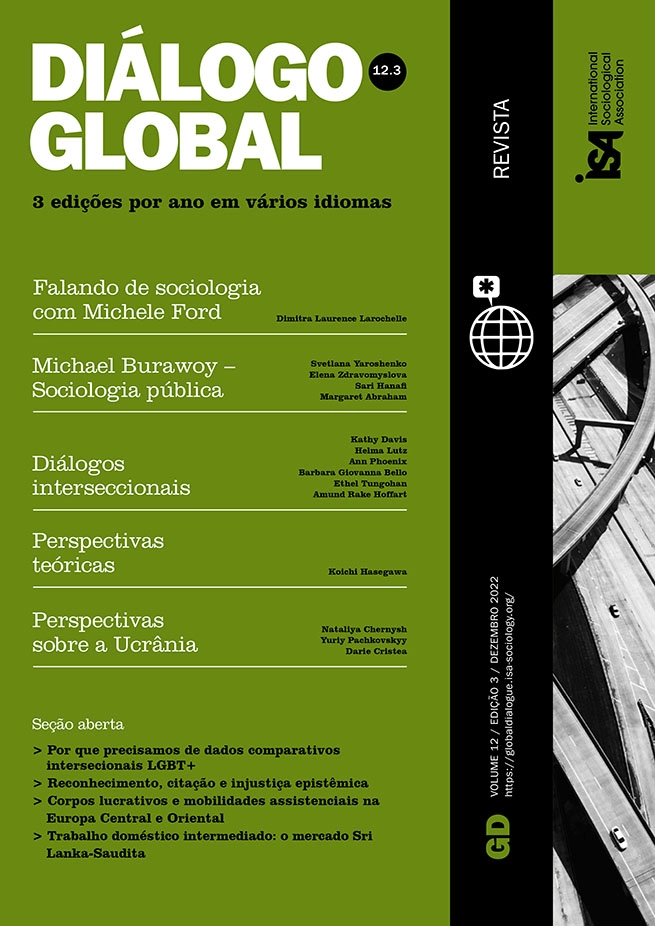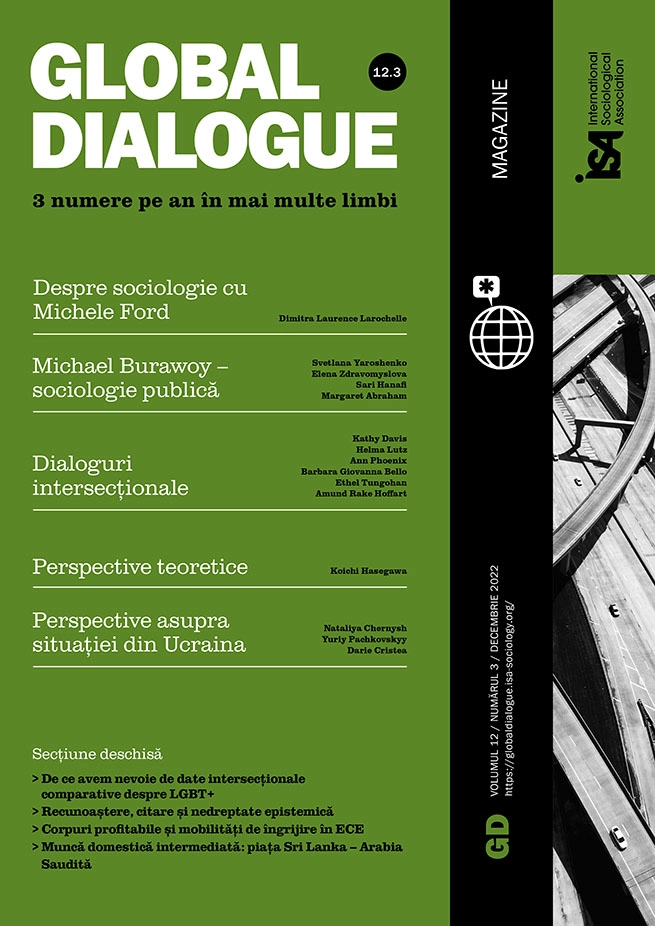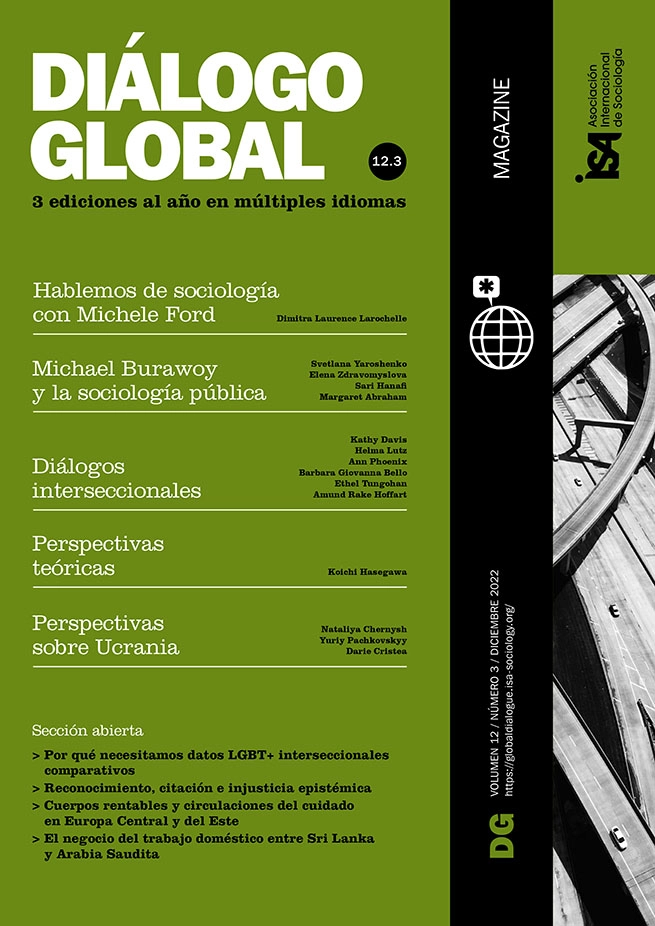In April 2018, former Liberal Party immigration minister Ahmed Hussen announced that the Canadian Live-In Caregiver Program would no longer accept applications for permanent residency from 2020. This announcement dismayed organizations constituted by Canada’s migrant care workers’ movement. The migrants’ movement in Toronto, which consists of different actors from various social locations and diverse organizations with sharply differing normative goals and agendas, sprang into action.
How to achieve permanent residency for all migrant care workers
Meetings were hastily organized at the Workers Action Centre in Toronto, attended by different migrant organizations. After agreeing that caregivers should continue to be able to receive permanent residency in Canada, the movement splintered, with divisions emerging along the lines of how to achieve the demand for permanent residency for all migrant care workers. There were also issues regarding which agendas to prioritize, and the following questions emerged:
Who is speaking for whom? What is truly at stake in this campaign? Should our collective energies be geared towards legal reform or should we also consider the structural inequities that compel migrant care workers to leave their families behind and come to Canada to work?
Proposals withdrawn
These questions were left unanswered and indeed remain a focal point of tension. Nevertheless, caregiver organizations succeeded in voicing their opposition to the proposed changes, ensuring that their perspectives became part of the ongoing dialogue that was taking place. Through media releases and protest, they made it clear that care work is a valuable part of Canadian society and that migrant care workers, most of whom are racialized, working-class women from Global South countries, are an indispensable part of the workforce. As a result of their activism, the Liberal government withdrew its proposal and created new pathways for migrant care workers to attain Canadian citizenship. While the resulting pathways were a far cry from the automatic right that caregivers previously had to apply for Canadian citizenship under the now-defunct Live-in Caregiver Program, routes to permanent residency were nevertheless retained and caregiver coalitions were relieved that they had held at bay the threats to remove citizenship rights altogether.
The intersectional lens
When reflecting on these discussions four years later, in 2022, it occurs to me that applying an intersectional lens when examining migrant care workers’ movements specifically, and social movements in general, brings to the fore the oftentimes tricky dilemmas that actors in such movements face.
First, intersectionality allows us to truly appreciate the challenges that the migrant care workers’ movement faces when projecting a unified platform considering the multiple and overlapping social locations its members occupy. Tensions persist when identifying which activists can truly be the voice of the movement, given that members who face the most intersectional disadvantages are those who are the least likely to have the capacity to speak. Yet it is their needs that are arguably the most urgent. Hence, this intersectional approach reveals the difficulties in creating a movement that captures its members’ needs, especially the needs of those who are facing the most challenges.
Second, an intersectional lens also reveals how migrant care workers’ movements benefit from being intersectional in their approach. Migrant care workers’ organizations that define themselves as intersectional seek coalitions with different movements with diverse membership bases. They often form alliances with the labor movement and feminist movement. Acting in the interests of migrant care workers in Canada who find their citizenship applications rejected because they or their families have disabilities, these organizations have also sought coalitions with disability justice movements. The opportunity to work with these various movements enables migrant care workers’ concerns to gain more widespread traction. As Fernando Tormos-Aponte and I write in an upcoming piece, the ability to carve out intersectional solidarity allows different communities to see their fates as interlinked. The progressive organizations that are part of the migrant care workers’ movement – alongside other social movements – find that collectively, they can work together to undermine oppression by joining forces in key campaigns and influencing public discourse.
Abolition versus reform
It is, of course, on the question of normative agendas that different actors from a movement come into conflict. Here, an intersectional lens again proves illuminating. Some migrant care workers’ organizations believe, in harmony with the Combahee River Collective’s intersectional vision, that movements should ultimately move towards abolishing the interlocking power structures of capitalism, imperialism, and patriarchy. Yet other organizations consider that their efforts are best channeled towards seeking policy changes. In my forthcoming book, Care Activism: Migrant Domestic Workers, Movement-Building and Communities of Care, I categorize these divisions as based on abolition versus reform: some organizations see movement success as fostering an abolitionist vision and others see success as grounded in policy changes.
The effects of COVID-19
The COVID-19 pandemic has upended many of these ideological divisions, making intersectional analysis even more salient. While I still think that different organizations’ normative visions ultimately rest on ideology, analyzing these movements using intersectionality allows us to better appreciate the fluidity of the approaches adopted by migrant care workers’ movements. Intersectionality, with its emphasis on a multi-dimensional analysis of power that identifies shifts in processes, systems, and structures that scale down and affect experiences lived by individuals, shows how COVID-19 was cataclysmic for migrant care workers: the ensuing shifts in state policies and workplace conditions were devastating.
The pandemic was a watershed for the migrant care workers’ movement in Canada, revealing the urgency of activism within the movement. Many of the same organizations that adopted conflicting stances in 2018 came together during the pandemic to call for improved policies in support of migrant care workers and with the aim of ushering in more long-lasting structural changes that would lead to care taking center stage as a fundamental societal value. The pandemic has also led actors within the migrant care workers’ movement to consider anew the importance of forming alliances with indigenous movements, with Black Lives Matter, and with other progressive social movements. Seeing their fate as irrevocably united with other minoritized communities has led to a deeper appreciation of the necessity for intersectional solidarity.
Ethel Tungohan, York University, Canada <tungohan@yorku.ca>








